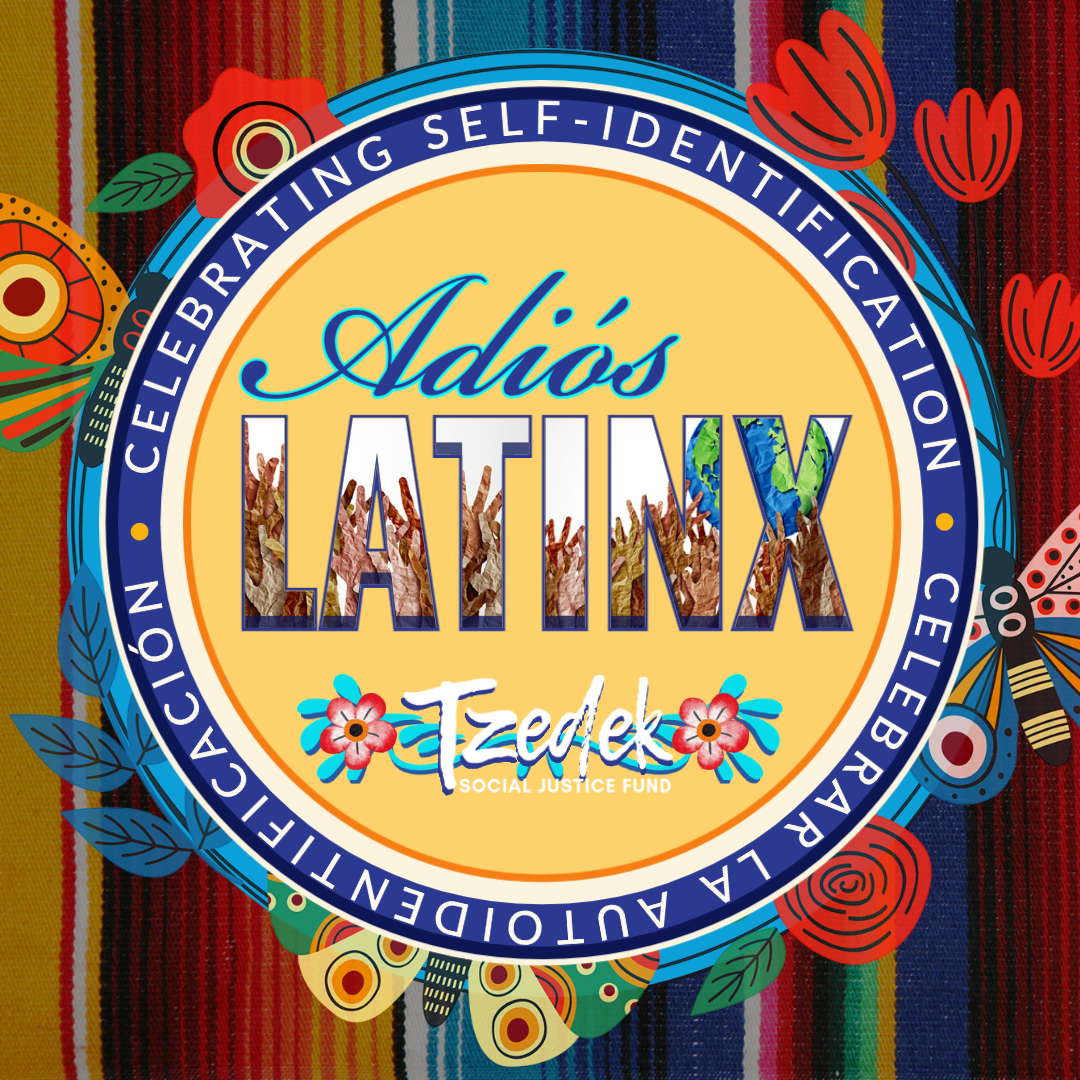Available in Español
Language matters – A LOT. Language is how we share, preserve, and make sense of our personal and collective histories, cultures, and ideologies. It’s how we connect.
When words miss the mark, language can be a barrier to communication and community building.

So what’s the solution when the list of terms keeps growing and consensus is lacking?
Stay curious and humble! Language is complex because people are complex just as language evolves because people evolve. As a learning organization, we allow our analysis to develop over time in response to what is unfolding in our world. So, we’re making a change.
“Latinx/e” is growing in popularity. Terry Blas made a comic to help us understand why. Click HERE to learn more.
The X Factor
Because language is so important, new words and terms are added to expand who and how we see ourselves and others in the world. At the same time, language erasure is a major tool in the colonizer’s toolbox. Here’s where the problem arises: For many Spanish speakers, the word “Latinx” is seen as an attempt to anglicize or whitewash the Spanish language; but for others, Spanish is viewed as a gendered language that renders many LGBTQ identities invisible.
So what do we do?
Latinx is one way to address gender bias in the Spanish language, but there are others to consider. Both Latinx and Latine (pronounced la-teen-eh or luh-teen) are gender-neutral alternatives to Latino and Latina. The goal is to be more inclusive, particularly of transgender, gender nonconforming, queer, and feminist communities who don’t fit into or accept the Latino-Latina binary.
That’s great! Right?
Well, yes and no. While Latinx solves the problem of defaulting to the masculine, the “X” in Latinx presents some significant issues. To start, the “x” is not easily used or pronounced in the Spanish language. We’re committed to centering the voices of those most impacted, so we’re rethinking word choice.
Adios, Latinx! Hola, Latine!
According to the website, Call Me Latine:
Latine is a gender-neutral form of the word Latino, created by LGBTQIA+, gender non-binary, and feminist communities in Spanish-speaking countries. The objective of the term Latine is to remove gender from the Spanish word Latino, by replacing it with the gender-neutral Spanish letter E. This idea is native to the Spanish language and can be seen in many gender-neutral words like “estudiante”.
As the site explains, Latine prioritizes inclusivity and challenges “structural and institutional biases found in Latino and Hispanic cultures” in a way that works with the existing language system. For now, we feel Latine is a better option and this may change in the future because we’ll continue to follow the lead of Spanish-speaking queers, trans, and feminist communities.
While we’re choosing to use Latine moving forward, we are not choosing a side in the Latinx/e debate. We believe in mutual respect, ongoing dialogue, and self-identification. However you identify, your whole self is embraced, honored, and welcomed here.

